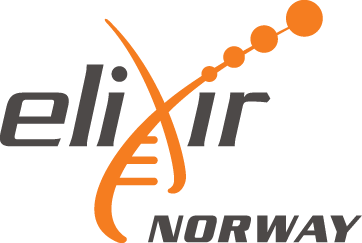Hi all,
I am hoping to get some help with TFBS analysis with ChIP-Seq data. I have done de novo motif analysis suing MEME, R-SAT, but now I want to know what are the other predicted TFBS in my ChIP_Seq peaks.
I have done a lot of TFBS analysis over years with 1-10 sequences at a time. But with ChIP-Seq you have thousands of peak sequences and most tools online do not accept that much sequence. So I tried the BIOBASE TRANSFAC tool for TFBS analysis on ChIP-Seq data, it worked great, but for once in a while use its too expensive to buy
Does any one know how to download the public version of TRANSFAC database or even JASPER TFBS matrix files? I have been struggling to get these. But I know from different publications that people have used them with their own homemade scripts.
Also does anyone know of a program or script that you can use with these TFBS matrix files to look for TFBS in ChIP-Seq data?
(I am assuming this will be all based on PWM thresholds).
I appreciate any help I can get with this!
Thank you!
I am hoping to get some help with TFBS analysis with ChIP-Seq data. I have done de novo motif analysis suing MEME, R-SAT, but now I want to know what are the other predicted TFBS in my ChIP_Seq peaks.
I have done a lot of TFBS analysis over years with 1-10 sequences at a time. But with ChIP-Seq you have thousands of peak sequences and most tools online do not accept that much sequence. So I tried the BIOBASE TRANSFAC tool for TFBS analysis on ChIP-Seq data, it worked great, but for once in a while use its too expensive to buy

Does any one know how to download the public version of TRANSFAC database or even JASPER TFBS matrix files? I have been struggling to get these. But I know from different publications that people have used them with their own homemade scripts.
Also does anyone know of a program or script that you can use with these TFBS matrix files to look for TFBS in ChIP-Seq data?
(I am assuming this will be all based on PWM thresholds).
I appreciate any help I can get with this!
Thank you!





Comment